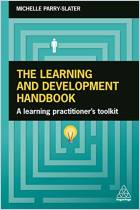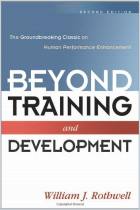This HR book is a work of art, with illustrations and gallery-quality photographs on nearly every page. And the substance matches the style. In collaboration with more than a dozen learning innovators from Europe and North America, learning experts Jos Arets, Charles Jennings and Vivian Heijnen offer the ultimate guide to implementing learning programs according to the 70:20:10 model. getAbstract believes that L&D professionals can benefit from their guidance and that every student, instructor and leader can read this to see what workplace learning can become.
70:20:10
Most learning and development (L&D) professionals became well-acquainted with the term 70:20:10 in training. To most, it means that formal classroom instruction and online courses should amount to only about 10% of an employee’s overall learning. About 20% should come from informal learning with other people – colleagues, team members, coaches and extended professional networks – and 70% should come from doing the work.
People learn least in formal training. Yet some fields require it; for example, lawyers must learn rules, jurisprudence and regulations. Perhaps 30% of their learning time occurs in formal instruction and 60% is spent learning from senior attorneys, with only 10% on the job. Marketers might need less formal training, but may gain 50% of their learning in teams.
Today, people learn online, remotely, around the clock and continuously, using technology, search engines and social networks.
Performance, Not Training
The 70:20:10 approach regards formal training as only one tactic for improving workforce performance. And learning and development teams must focus on performance gain.
Avoid training for training...



















Comment on this summary